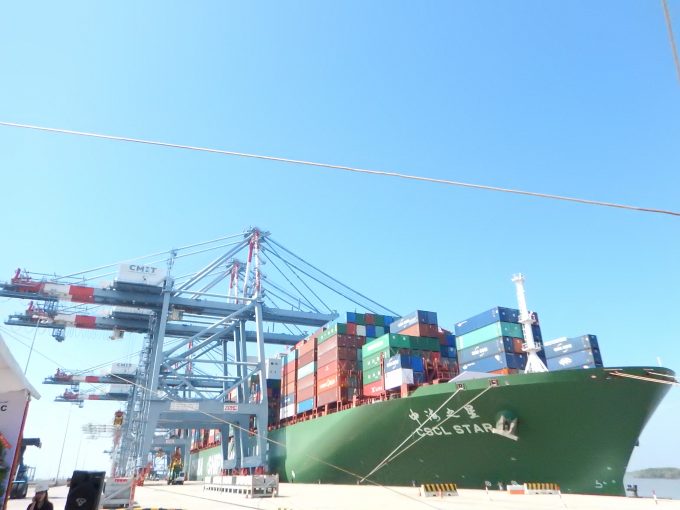IPP beats competition to launch Vietnam's first all-cargo airline
Vietnam’s first all-cargo airline is about to receive its first freighter and could start operations ...

Last week Vietnam celebrated the 40th anniversary of the end of the war and the fall of Saigon, now officially known as Ho Chi Minh City (HCMC).
Four decades later, the country is a vastly different place to the one refugees fled by helicopter in 1975. ...

Comment on this article
Andy Lane
May 10, 2015 at 8:42 amDear Sam. The costs of diverting a ship to make an extra port call are driven by the distance of the diversion multiplied ship size. The costs of a “spoke” are also driven by distance but this time multiplied by volumes.
The problem is for HCMC, as the average vessel sizes are presently growing faster than the export cargo volumes – this means that HCMC is less likely to be served more directly as opposed to transhipment.
Vessel size proliferation and overall fleet capacity will need to plateau shortly. The question then is, how many years will it take for Vietnamese export volumes to “catch-up”?
The fragmented nature of the individually very small Thi-Vai/Cai Mep terminals will not be attractive to large scale international transhipment – they simply do not have the scale. Regionally in terms of coastal Vietnam and Cambodia some opportunities might exist. Thailand’s container terminal volumes presently exceed those of HCMC, so when multiplied by 2 for transhipment demand, in totality they would be too much for the HCMC terminals to handle.